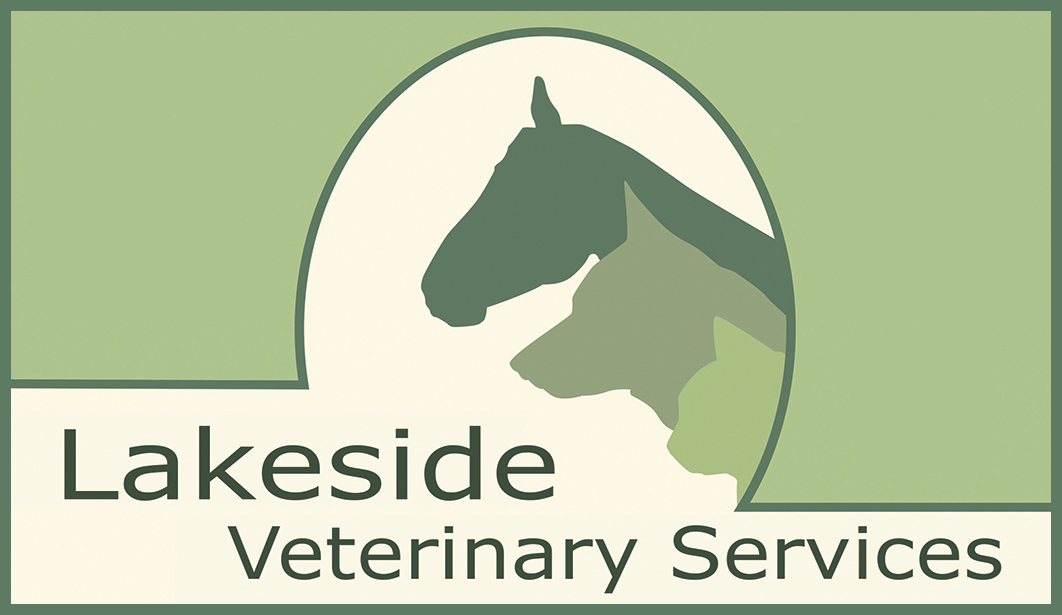Library
-
Inflammatory bowel disease (IBD) is a syndrome affecting the stomach and/or intestines that can cause vomiting, diarrhea, or weight loss. It is considered a chronic condition that may have a good prognosis, though a diagnosis is not always easy. Treatment may involve a diet change, medications, or both and will need to be closely followed to prevent relapses.
-
Inflammatory bowel disease (IBD) is a syndrome affecting the stomach and/or intestines that can cause vomiting, diarrhea, and weight loss. It is considered a chronic condition that may have a good prognosis, though the diagnosis is not always easy. Treatment may involve a diet change, medications, or both and will need to be closely followed to prevent relapses.
-
Cats are curious by nature, which can lead them into trouble, especially when they ingest items not meant to be eaten, such as thread, wool, paper, rubber bands, plant materials, and small toys. While some will pass through the digestive tract, some foreign bodies can cause serious problems. This handout explains foreign bodies in the intestinal tracts of cats and reviews clinical signs, diagnostic tests, treatment, and the prognosis of these situations.
-
Foreign body obstruction is a common and potentially life-threatening condition in veterinary practice. Some foreign bodies pass through the intestinal tract, but if an obstruction occurs, surgical removal of the blocked object is the only treatment.
-
A hernia occurs when a body part or internal organ protrudes through the wall of muscle or tissue meant to contain it. In the case of an inguinal hernia, these internal organs or structures have managed to make their way through the inguinal ring (an opening in the abdominal wall near the pelvis) to protrude into the groin area. The condition itself can be broadly classified as either acquired or congenital. In general, it is best to surgically repair an inguinal hernia at the time of diagnosis, as delaying can result in a more complicated and difficult procedure.
-
Otitis interna is a serious condition that can cause significant signs in your cat, including drooling from the side of the mouth, difficulty eating, inability to blink, and drooping eyelids, lips, and nostrils on the affected side. Treatment may involve long-term medications if the underlying cause can be identified, such as bacterial or fungal infection. Less commonly, surgery may be needed. Many cats will respond to treatment and recover well.
-
Otitis interna is a serious condition that can cause significant signs in your dog, including reluctance to eat, head tilt, alteration in balance, and reduced hearing on the affected side. Treatment could involve long-term medication if the specific cause can be identified, such as bacterial or fungal infection. Less commonly, surgery may be needed. Many dogs will respond to treatment and recover well.
-
Bee stings and bites from spiders, fleas, and ticks are the most common causes of insect bite reactions in pets. Insect bites can cause mild to severe allergic reactions in many dogs. Fortunately, most reactions are minor and have an excellent prognosis for recovery. Treatment typically involves antihistamines and anti-inflammatory drugs.
-
Cesarean Sections in Cats – Post-Operative Instructions
Una cesárea es una cirugía que se realiza para sacar los gatitos del útero. Normalmente se realiza como un procedimiento de urgencia cuando el parto natural está teniendo problemas.
-
Caesarean Sections in Dogs - Post-Operative Instructions
Su perro ha sido sometido a una intervención de cirugía mayor. Que tenga una buena recuperación dependerá de que siga recibiendo ciertas atenciones en casa. Su papel en el período de la recuperación es tan importante como la cirugía que acabamos de realizar.

